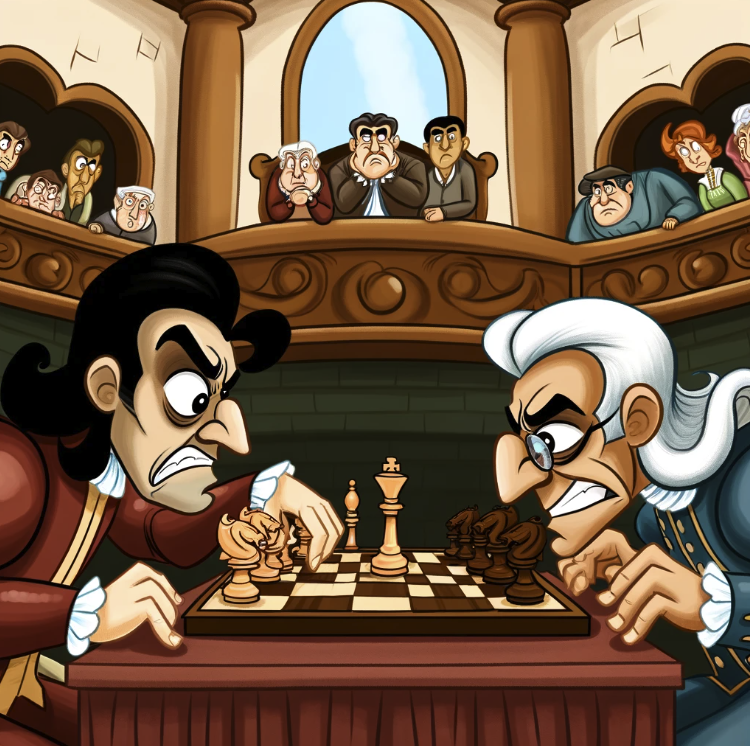The difference between chess players in the 2700s and those in the 2800s, while seemingly narrow in terms of numerical rating, represents a significant leap in terms of skill level, consistency, and achievement within the chess world.
Let’s break down the key distinctions:
Elite Status and Consistency
- World Ranking: Players in the 2800 rating band are often among the top 10, if not the top 5, players in the world. This elite group is frequently comprised of World Champions, Candidates, and players who are consistently competing for the highest titles in chess. In contrast, players in the 2700s, while extremely strong and often within the top 100 players globally, do not consistently occupy these pinnacle positions.
- Consistency at the Highest Level: The 2800s are characterized by their ability to perform consistently at the highest levels of international competition. Their game demonstrates not just brilliance in individual events but a sustained ability to compete and win against other elite players over time.
Mastery Across All Phases of the Game
- Strategic Understanding and Execution: Both 2700- and 2800-rated players possess deep understanding of strategic concepts. However, those in the 2800 range often exhibit an even greater depth of preparation and an ability to apply complex strategies more effectively under pressure.
- Opening Preparation: While 2700-rated players are well-prepared in the openings, 2800-rated players are often at the cutting edge of opening theory, regularly contributing novel ideas that are adopted at all levels of play. Their preparation is not just deep but also wide, covering a vast array of responses to any given opening.
- Endgame Precision: In the endgame, the difference becomes even more pronounced. 2800-rated players are known for their precision and ability to convert even the slightest advantages into wins, demonstrating a profound understanding of endgame principles and techniques.
- Tactical Sharpness: While both rating groups are exceptionally sharp tactically, 2800-rated players make fewer mistakes and are more adept at exploiting even the smallest errors of their opponents. Their calculation speed and accuracy under time pressure are also notable.
Psychological Resilience
- Handling Pressure: The mental aspect of chess at this level cannot be overstated. Players in the 2800s have demonstrated time and again their ability to withstand and thrive under the immense pressure of top-tier competition, showcasing resilience and a winning mentality.
- Experience and Adaptability: With experience at the highest levels, including World Championships and top-tier tournaments, 2800-rated players have faced diverse styles and strategies, making them highly adaptable. Their experience allows them to navigate complex positions and psychological battles more effectively.
Impact and Influence
- Contribution to Chess: Players in the 2800s often have a significant impact on the game, influencing opening theory, endgame studies, and strategic understanding. Their games are studied by players of all levels, contributing to the evolution of chess.
What Is the Win Probability of a 2800 Chess Player vs. a 2700 Chess Player?
To calculate the win probability of a 2800-rated chess player versus a 2700-rated chess player, we can again use the Elo rating system formula for expected score calculation.
Given that the rating difference plays a crucial role in determining the expected outcomes, let’s apply the formula:
E = 1 / [1+10^((Rb-Ra)/400)]
Summary
While the numerical gap between 2700 and 2800 might suggest a subtle difference, the practical distinction in terms of performance, consistency, and mastery across all aspects of chess is profound.
The 2800 rating echelon is reserved for those who have not only reached the pinnacle of chess achievement but have also demonstrated the ability to remain at this peak, influencing the game and setting standards for excellence.
Related


